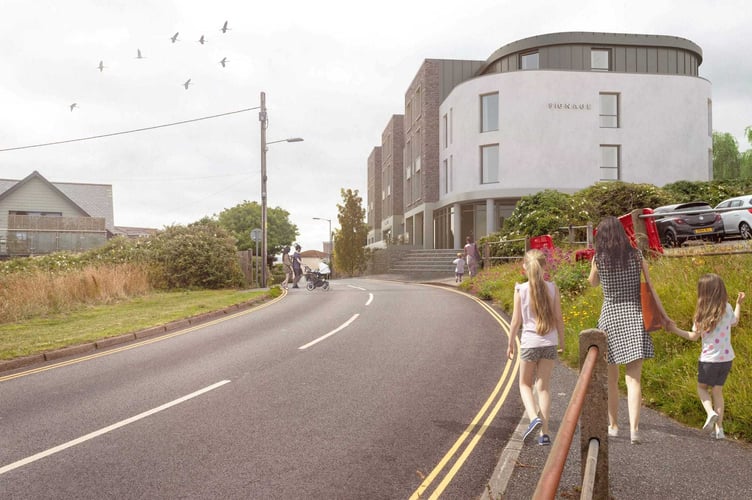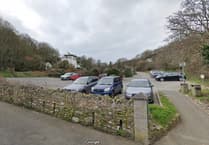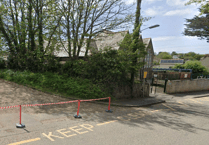DESPITE Cornwall Council refusing it and hundreds of people objecting to plans for a new Premier Inn – describing it a “monstrosity” and “far too big and ugly” – a planning inspector has decided that the controversial 90-room hotel overlooking St Ives can now be built.
Over 100 residents opposed to the proposal packed a meeting in the town in March, when the hotel giant appealed against a decision by a Cornwall Council planning committee to refuse its application in April last year. It was originally thrown out on the grounds of harm to the character and appearance of the area.
Planning inspector Sylvia Leonard has now approved the proposal, stating that it “would not appear as unduly visually prominent or discordant within the hillside setting of the town and would not harm the setting of the conservation area”.
Planning permission is now granted for the demolition of an existing care home at Trewidden Road and construction of the Premier Inn along with associated landscaping, car parking and associated infrastructure.
When the approval was announced on Tuesday, May 13, a post appeared on the ‘Against Premier Inn – St Ives’ Facebook page, which was set up by those opposed to the development, stating: “We are all absolutely gutted, but wanted to give you the update as it will affect the town and also residents who have family members in the care home. Big thanks to everyone who contributed time, effort or money to this fight. Absolutely gutted!”

In her ruling, Ms Leonard wrote: “I find that the existing care home complex does not make a positive contribution to the immediate townscape within which it sits, and the appeal site is currently not reflective of the original character of the area.
“Due to a combination of the sporadic layout of neighbouring residential development, intervening mature landscaping and trees and varying land levels within the locality, I find that the juxtaposition of the new building in relation to neighbouring properties would be such that a building of the size and scale proposed would not be unduly harmful to the immediate townscape within which it sits.”
The planning inspector added: “The appeal site is positioned at a ‘gateway’ location for visitors entering the town and, in contrast to the more tranquil residential environment of much of the Belyars character area, it is subject to noise and activity associated with vehicular traffic passing the site and the comings and goings associated with the use of the adjacent car park, much of which is associated with tourist visitors.
“This location, in my view, provides townscape justification for allowing the replacement of the existing buildings with a larger and more visually prominent hotel building on the appeal site, which would complement the visitor gateway location of the site and would be largely read in conjunction with the adjacent car park and leisure centre uses rather than as an integral part of the surrounding residential environment.”

She argued that “perceived mass and bulk” of the hotel would be visually broken-up through variations in roof heights and materials.
“Significantly, they would result in the building appearing as a series of individual houses when viewed from the street, thereby reflecting terraced dwellings that are characteristic elsewhere in the town,” states her appeal report.
“I find that the scheme would be an acceptable form of development having regard to its impact upon the character and appearance of the immediate townscape.”
Ms Leonard touched on the huge amount of public opposition to the plan. “The magnitude of objection is not a determining factor in my consideration of this appeal, which I must determine on the merits of the scheme before me. I am satisfied that the proposal would be sufficiently distanced, orientated and designed so as not to have a materially harmful impact on the privacy, outlook and light of neighbouring properties.”





Comments
This article has no comments yet. Be the first to leave a comment.